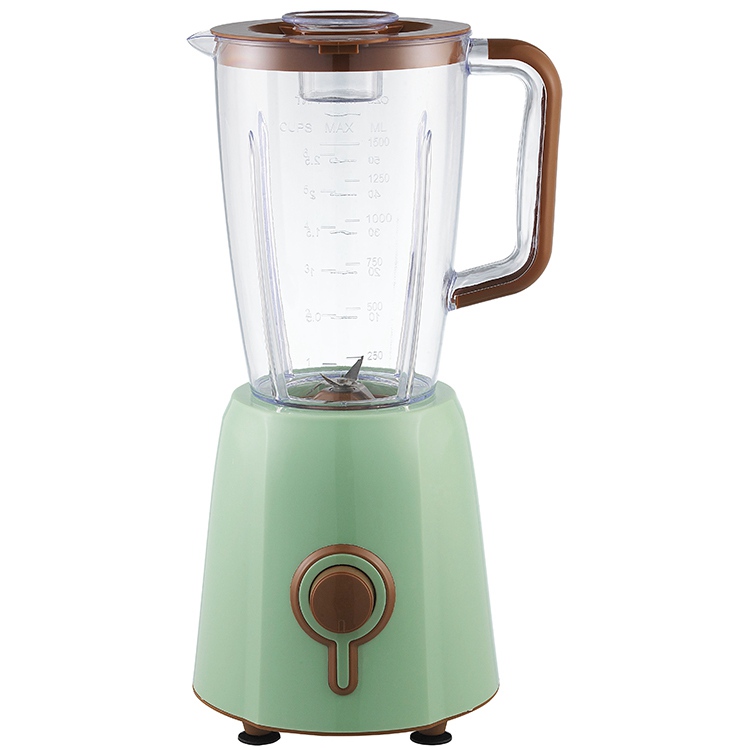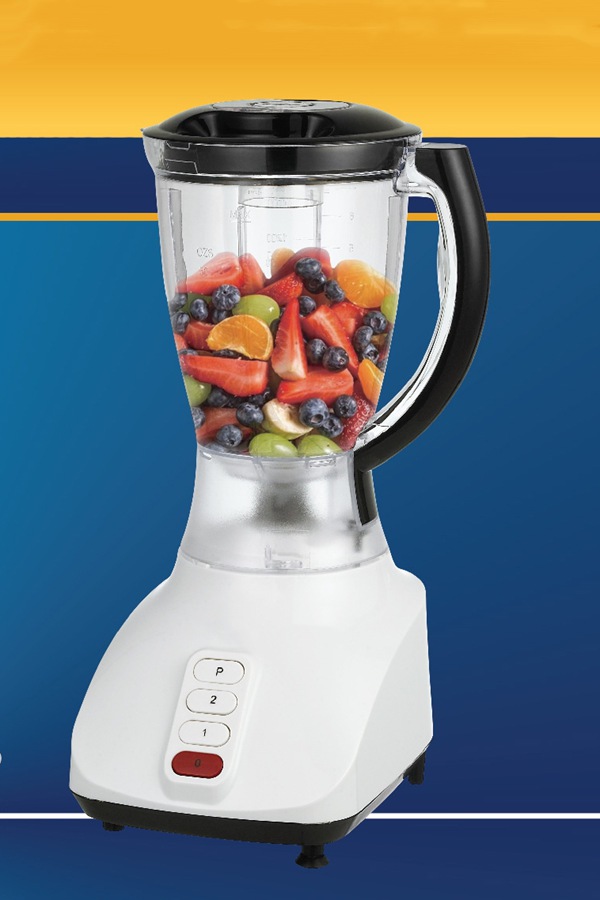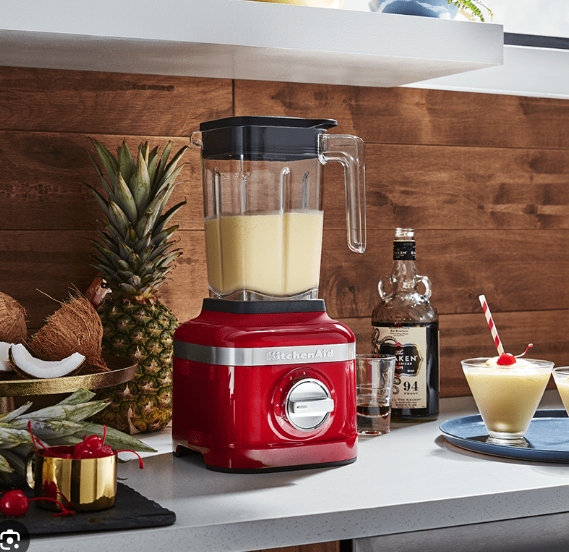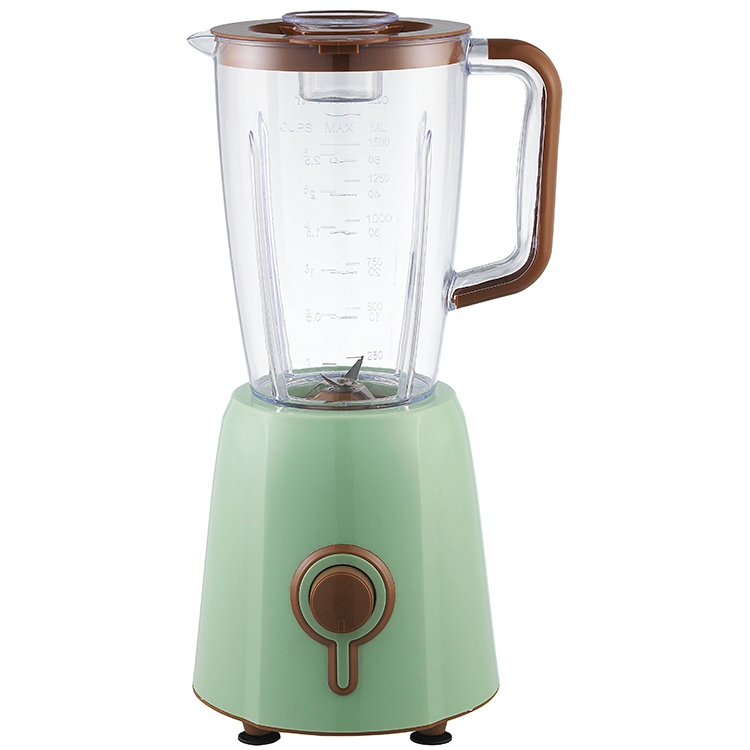One of the key advantages of plastic mixers is their durability. These mixers are made of high-quality, impact resistant plastic materials that can withstand the harsh tests of daily use. Whether you're mixing thick protein milkshakes or crushed ice to make refreshing frozen drinks, a plastic blender can effortlessly handle it all. In addition to durability, plastic mixers are also lightweight and easy to use. With intuitive controls and user-friendly design, even the most novice chef can quickly master the art of mixing. Just add your ingredients, choose the speed or program you want, and let the mixer complete the remaining work.
A plastic mixer is a powerful machine that can accurately crush, mix, and mud. Whether you want to cook a silky soup or make a perfectly blended milkshake, a plastic blender can help you achieve professional quality results every time. 
Parameters:
Model Number | TYB-376 |
Power | 300~400W
|
Application | Household、Kitchen |
Certification | CE / CB / EMC / LFGB / RoHS / GS / SASO / ETL |
Capacity (l) | 1.5 |
Jar Material | Plastic |
Housing Material |
Plastic |
Speeds | 2 speeds with pulse function |
Plug | VDE , BS, US, Two Flat Plug |
Features:
Lightweight and durable: Plastic mixers are usually lightweight and have good durability, suitable for daily household use.
Easy to clean: The plastic surface is smooth and not easily stained, making it easy to clean and maintain.
Low noise: Compared to metal materials, plastic mixers produce relatively less noise during operation.
Cost effectiveness: Plastic mixers are usually more affordable and suitable for families with limited budgets.
Diverse colors and designs: Plastic mixers offer a variety of colors and design styles to meet the personalized needs of different users.
Multifunctionality: In addition to basic mixing and crushing functions, some plastic mixers also have multiple functions such as juicing, making milkshakes, smoothies, etc.
Safety: Plastic mixers are usually equipped with safety locks and anti slip bases to ensure safety during use.

Application;
Home kitchen: used for stirring seasonings, breaking ice cubes, making salad dressings, milkshakes, smoothies, etc. in daily cooking.
Healthy diet: used to make healthy drinks and foods, such as fresh fruit juice, vegetable juice, protein milkshakes, etc.
Infant complementary food: used to make delicate complementary foods for infants, such as fruit puree, vegetable puree, etc.
Festivals and gatherings: Quickly prepare a large amount of drinks and food for family gatherings or holiday celebrations.
Weight loss and fitness: used to make low calorie, high protein drinks to help control diet and enhance nutrient intake.
Daily beverage production: Making daily beverages such as coffee, tea, juice, etc. to increase the convenience of life.
Food processing: In household scale food processing, such as making jam, chili sauce, etc.

FAQ:
How do you clean a blender after use?
Cleaning a blender is simple. Fill it halfway with warm water, add a drop of dish soap, and blend for 30 seconds. Rinse thoroughly, and for tougher residues, the detachable parts can often be placed in the dishwasher.
What are the benefits of using a blender in the kitchen?
Using a blender saves time and effort in meal preparation, allows you to create healthy homemade recipes, and ensures consistent textures. It also helps in preserving nutrients and controlling ingredients for a healthier diet.
Can a blender crush ice?
Yes, most blenders are equipped with powerful motors and sharp blades designed to crush ice efficiently, making them perfect for preparing frozen drinks, smoothies, and slushies.
How do you choose the right blender for your kitchen?
When choosing a blender, consider factors like motor power, blade quality, jar capacity, and ease of cleaning. Additionally, think about the types of recipes you plan to make to select a blender that fits your needs.




 WhatsApp:
WhatsApp: Mobile Phone:
Mobile Phone: Contact Now
Contact Now